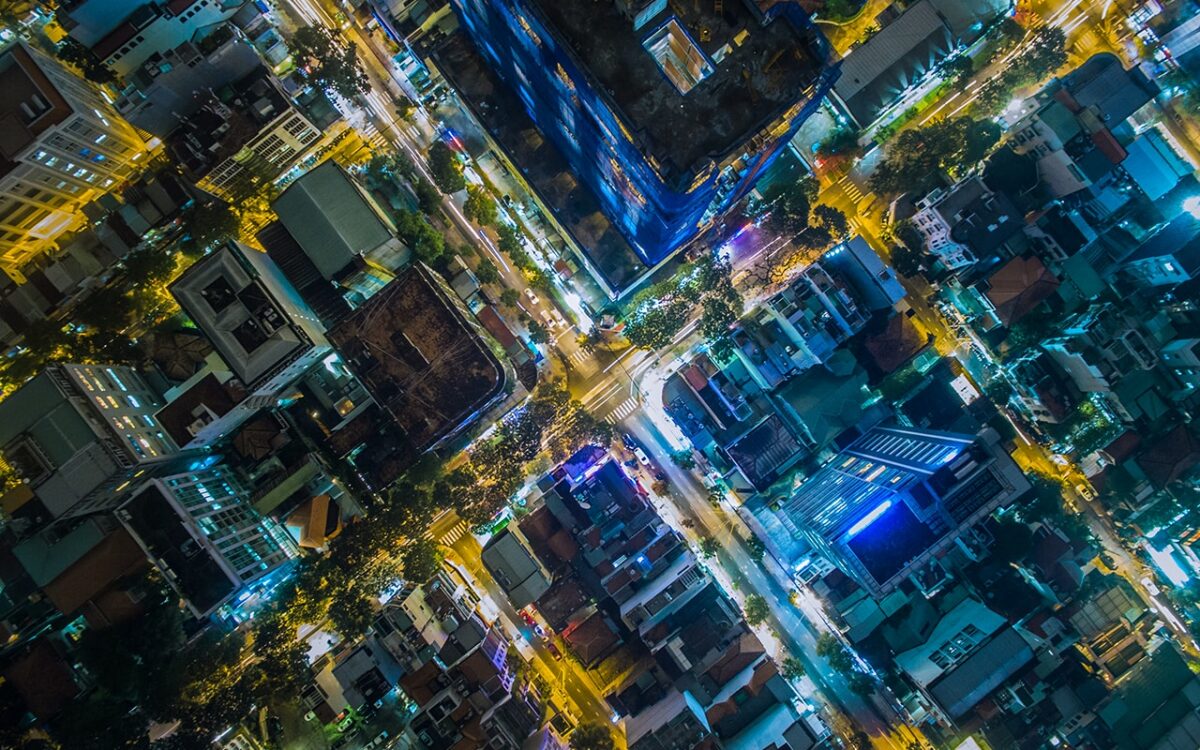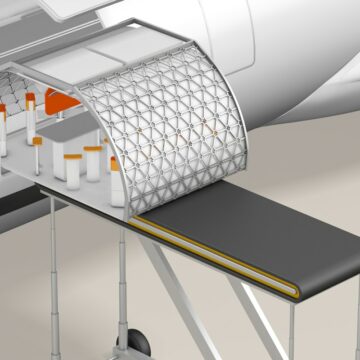When we imagine the future, we tend to think of holograms, robots, and flying cars. Nevertheless, traditional technological advances, while helpful, have also brought grave consequences to our planet. In today’s metropolises, access to clean water, public transportation, electricity and even the Internet are givens. Many of these advances, however, have also brought new problematic issues such as traffic, pollution, droughts, etc. For this reason, modern technological advances are now shifting from purely functional to more sustainable approaches.

This new vision of technology for sustainability is portrayed in the concept of smart cities which refers to the integration of technological advances in public spaces. Its primary objective is to improve the viability of local environments and resources to enhance the economic and living conditions of all citizens by reducing waste and costs generated from energy consumption, waste disposal, maintenance, etc.
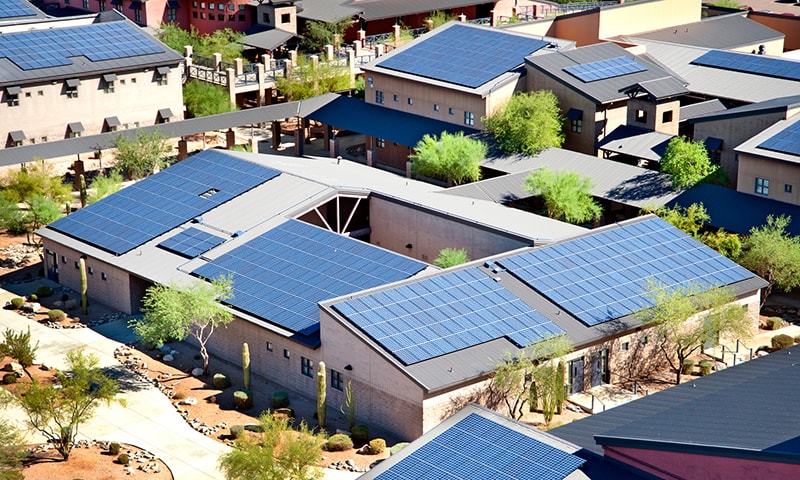
Smart cities do not aim all their attention and efforts in discovering new technological advances. Instead, they embrace new technology as a tool to improve and reimagine interactions between people and their environment, reinventing the way people use current technology with a more natural and sustainable approach. To achieve this, they are focusing on two core goals:
- Resource optimization: Aimed at improving the efficiency of our resources. Some examples of resource optimization are self-driving cars, waste management systems, solar panels, etc.
- Social interactions: Aimed at creating connections among citizens. Some examples of technological advances towards increasing social interactions are peer-to-peer lodging and e-commerce, car-sharing services, crowdsourcing, etc.

To accomplish these two challenging goals, smart cities need data. However, raw data can potentially be more problematic than advantageous as the analysis of enormous quantities of raw information can result in time-consuming and inconclusive outcomes. For this reason, technology in smart cities tend to follow a 3-step process that transforms unfiltered and messy information into valuable data:
-
Collect information: gather relevant data to the problem in question
- Sensing: Use of cutting-edge sensors or sensor networks along with technology such as RFID can help obtain information about all aspects of urban life
- Authentication: Real-time authentication can identify patterns in people’s lifestyles
- Monitoring: Like authentication, monitoring can help detect errors and anomalies in real time
-
Communicate information: make the data accessible to other devices, control centers, servers or software
- Cloud Computing: Using technologies like cloud computing can enable easy access and make data distribution faster and simpler
- Analyze the information: identify patterns or cycles to optimize operations and generate the most efficient scenarios
This approach along with the desire for constantly improving and creating more efficient cities has led to a real innovation in the digital field: public data centers with open data policies.
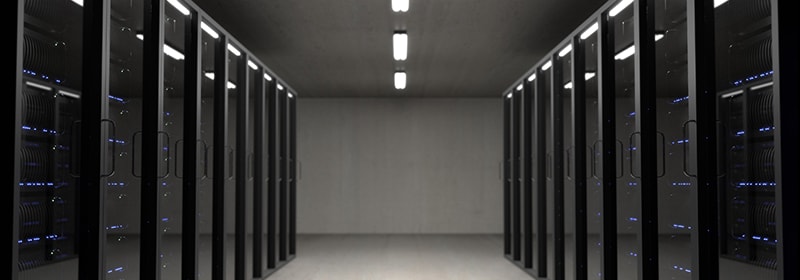
As we mentioned before, analyzing unrefined information can result in long and tedious processes that may not offer results on time. For this reason, some governments have taken initiatives and created public data centers that offer numerous types of information that not only local governments but also private organizations can access. This effort increases the value of the information and raises the probability of solutions being developed. This way, new and superior solutions can be provided to citizens faster.
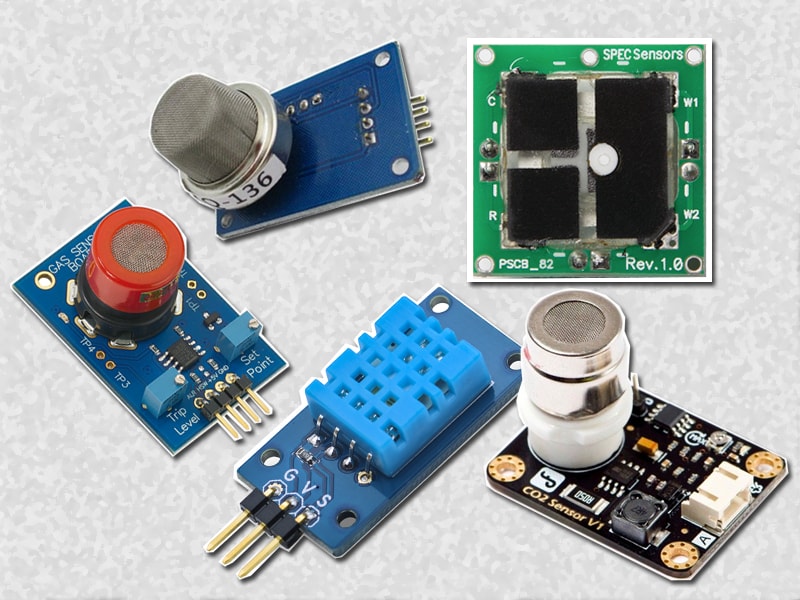
One of the best examples of smart cities is Chicago, thanks to its project “Array of Things” which takes data collection and public data centers to a new level. The project, expected to be finished by 2018, has as objective the installation of over 500 sensing devices all over the city and with the aim of collecting very detail information about the urban life at Chicago. The sensors will be placed on buildings, lighting poles, and signals, and gather information on air temperature, humidity, barometric pressure, vibrations, carbon monoxide levels, light intensity, etc. The data is expected to uncover patterns of pedestrian and car traffic, floods, air quality and many others.

Smart cities sound promising, especially after considering that over 9.7 billion connected devices are expected to be used by 2020, making data collection even more accurate. However, it is also important to understand that, although overall positive, smart cities can also have drawbacks. The first and most concerning issue is the topic of privacy. Smart cities cannot become more efficient without the right data; however, this can potentially reveal sensitive information on people’s lifestyles and habits. As we move towards public data centers and data managed by private organizations, laws must adapt and regulate its use.

In consequence, smart cities are only starting to develop. Nonetheless, with the new approaches taken by governments such as the American, we can see its enormous potential and hopefully, in the future, smart cities will be able to provide us with sustainable and healthier solutions.


